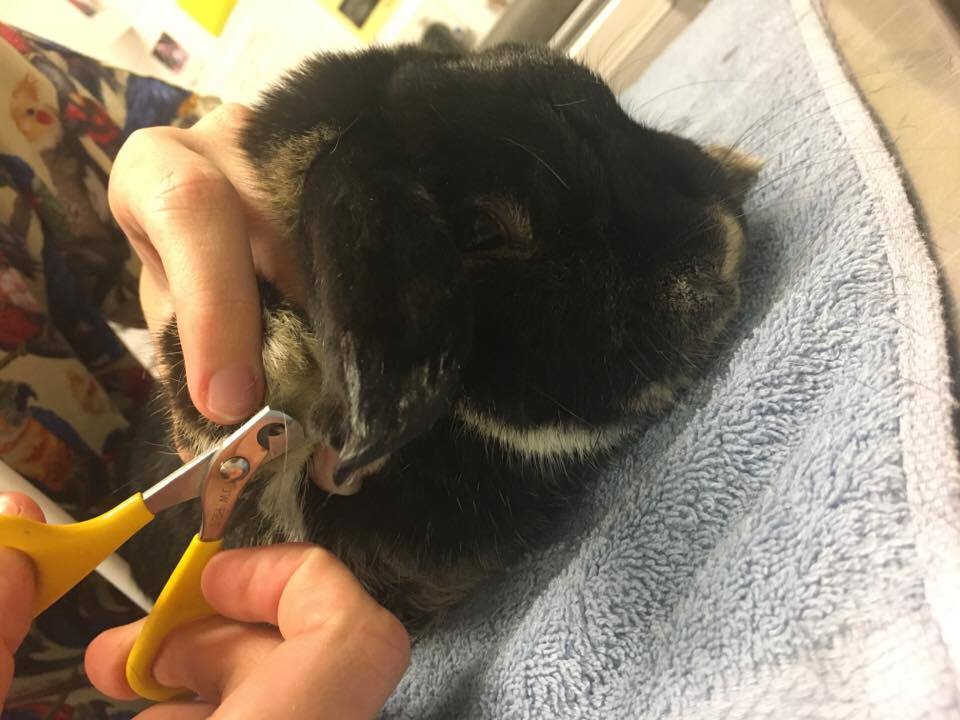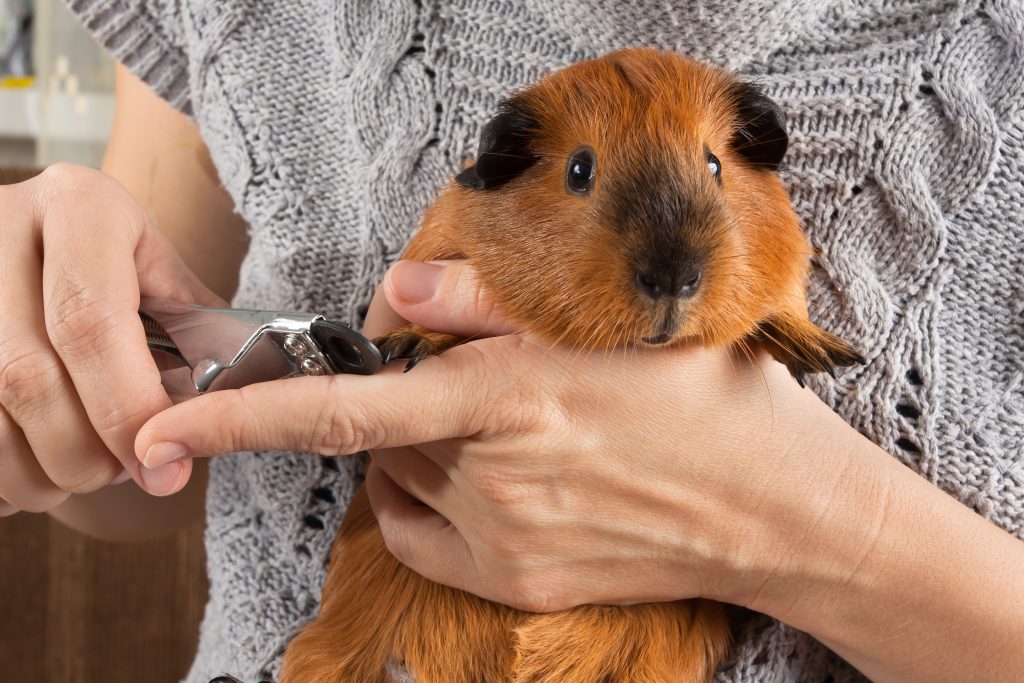How to keep your pets nails healthy!
Does your bird keep getting their nails stuck on your shirt? Are your ferret’s nails leaving scratches on you after you hold them? Do your rabbit’s nails make a tapping sound when they walk on your floor boards or tiles? If you answered yes to any of these questions then it is likely that your pet’s nails are probably not being worn down as they were intended to. Just like dogs and cats, unusual pets also need to have their nails maintained. Today’s article looks at different ways to do this as well as some common questions we get asked about all things nails!
Why do my pet’s nails get sharp?

In the wild your pet would be naturally wearing down their nails during their everyday activities. This could be climbing around in lots of trees for birds or renovating their burrow for rabbits – all these activities help to wear down their nails. In captivity, often our unusual pets do not get the same access to perform these natural behaviours which can lead to their nails becoming excessively long.
What are some of the ways I can trim my pet’s nails at home?
There are two main methods to correct your pet’s nails at home:
- Cutting your pets nails using nail clippers. This works well for most rabbits, guinea pigs, ferrets, rats and reptiles as well as some birds. In some cases, it can be hard to find small enough nail clippers for these species so we generally find that using the smallest cat nail clippers you can purchase often works well. You want to clip the nail just past (towards the tip) the blood vessels that lie within the nail. The blood vessels generally give the nail a pinkish appearance in white or lightly pigmented nails but are hard to see in black or darkly pigmented nails. A good tip while you are learning is to only clip the very end 1mm or so to get used to the technique, then as your confidence grows you can clip more (if needed).
- Burring down your pet’s nails using a hand or powered file. This generally works really well for most parrot species as well as a few of our smaller reptiles and mammals. A hand file (such as an appropriate human nail file) can be used however not all pets will tolerate the amount of time it takes to use a hand file. A small rotatory power tool such as a Dremel® (available from most hardware stores) with a grinding or filing attachment also work very well. The general idea is to slowly take off the sharp point of the nail but still maintain the normal shape of the nail. Take it slow and make sure not to go too far. If you are using either a hand or power file it is important to allow your pet to gradually get used to sensation and noise of the file so they don’t become too stressed.

Frequently asked nail questions
How often do I have to trim my pets nails?
The frequency that nails need to be trimmed depends a lot on their living environment. Some pets that are outdoors never need their nails trimmed as their wear them down regularly. Others that are always inside will generally need their nails trimmed every 2-4 weeks.
Can a vet trim my pet’s nails for me?
Most vet practices offer nail trims for your pets and it is often included free with a consultation. For unusual pets, it is important to go somewhere that is experienced at correcting the nails of the species you keep as not all vets will feel comfortable treating non-dog or cat species.
Does it hurt my pet to clip their nails?
When done correctly nail trimming does not hurt your pet however they may not like the restraint or sensation associated with having their nails corrected.
How can I help my pet’s nails to wear down naturally?
Providing access to areas where your pet can wear their nails down is a great way to minimize the frequency that they need their nails trimmed. This can be as simple as providing lots of appropriately-sized, safe, native branches to your bird or allowing your rabbit access to a safe area where they can dig. For any further questions please don’t hesitate to get in touch with our clinic at [email protected]
Article written by Dr James Haberfield of The Unusual Pet Vets

